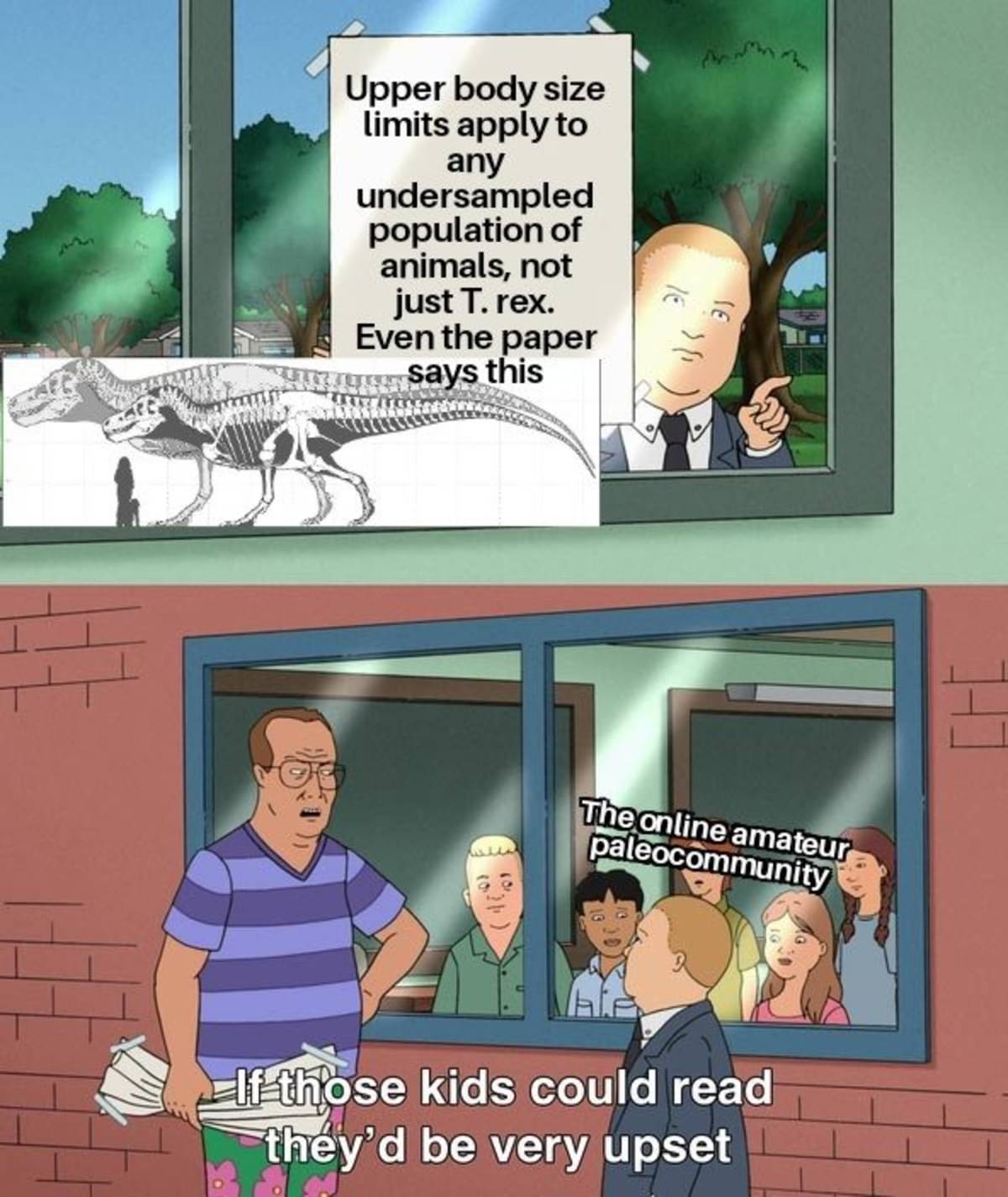this post was submitted on 28 Jul 2024
208 points (96.8% liked)
Science Memes
10348 readers
2087 users here now
Welcome to c/science_memes @ Mander.xyz!
A place for majestic STEMLORD peacocking, as well as memes about the realities of working in a lab.

Rules
- Don't throw mud. Behave like an intellectual and remember the human.
- Keep it rooted (on topic).
- No spam.
- Infographics welcome, get schooled.
Research Committee
Other Mander Communities
Science and Research
Biology and Life Sciences
- [email protected]
- [email protected]
- [email protected]
- [email protected]
- [email protected]
- [email protected]
- [email protected]
- [email protected]
- [email protected]
- [email protected]
- [email protected]
- [email protected]
- [email protected]
- [email protected]
- [email protected]
- [email protected]
- [email protected]
- [email protected]
- [email protected]
- [email protected]
- [email protected]
- [email protected]
- [email protected]
- [email protected]
- !reptiles and [email protected]
Physical Sciences
- [email protected]
- [email protected]
- [email protected]
- [email protected]
- [email protected]
- [email protected]
- [email protected]
- [email protected]
- [email protected]
Humanities and Social Sciences
Practical and Applied Sciences
- !exercise-and [email protected]
- [email protected]
- !self [email protected]
- [email protected]
- [email protected]
- [email protected]
Memes
Miscellaneous
founded 2 years ago
MODERATORS
you are viewing a single comment's thread
view the rest of the comments
view the rest of the comments

Does this mean that due to undersampling, we can only assume we have found the biggest fossils/skeletons/remains, and cannot know how big they could really get?
I think it's the opposite. They're saying that physical limitations on size exist (bone strength, lung capacity) even if you only found one skeleton. So significantly bigger TRexs aren't possible.
Not according to this post https://lemmy.ml/comment/12594857
Edit: here's a direct link to the article if the link above is broken for some reason
https://news.sky.com/story/tyrannosaurus-rex-could-have-been-even-bigger-than-previously-thought-study-suggests-13184470
That's not a link to the actual paper. The King of the Hill meme above claims that the actual paper says that physical limits apply to maximum size. This implies the article misrepresents the research paper.
Ah, I get it now. Thanks!
I don’t think that’s what the meme is claiming.
I think instead it’s just claiming that all fossils have the same implied increase in maximum size implied by the paper, not just T rex.
I’m guessing the illiterate paleo fans were excited that maybe T rex was king of the dinosaurs again, but the logic fails if all the dinosaurs get bigger max sizes…
If that were the case then the first sentence wouldn't claim that there are physical limits.
I dug up the paper.
"Biomechanical and ecological limitations notwithstanding, we estimate that the absolute largest T. rex may have been 70% more massive than the currently largest known specimen (~15,000 vs. ~8800 kg)."
https://onlinelibrary.wiley.com/doi/10.1002/ece3.11658
That is the paper says, if we ignore biomechanical limits, statistically there could be a T-Rex that's 70% bigger than what we have already found.
That does make sense, though I read it as:
[the new, expanded] upper body size limits…
Is how I read it, but your interpretation works well too, so I don’t really know now.